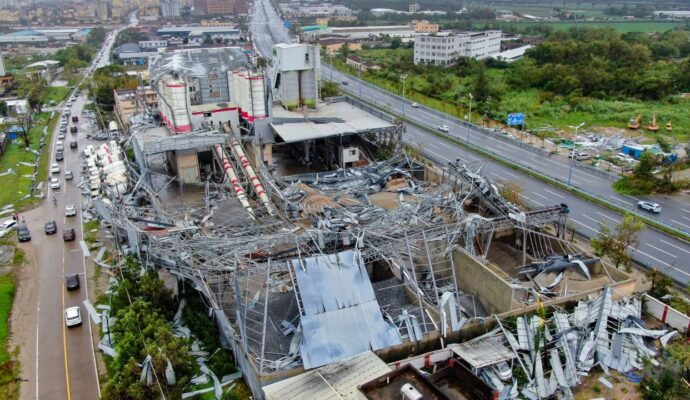“The DF-27 had been in service in the rocket force before 2019, but the PLA did not want to disclose such a ‘trump card’ so early,” said the source, who requested anonymity due to the sensitivity of the topic.
“As one of the powerful weapons targeting Guam like the inferior DF-26, the DF-27 was designed to carry different warheads, a single HGV [hypersonic glide vehicle] or multiple warheads when it needs to hit different targets.”
The source said the missile had features in common with the DF-17 – which has a range of 1,500km (930 miles) and can travel at five times the speed of sound – and the DF-21D, an “aircraft carrier killer” that can carry multiple warheads and has a range of 1,800km.
The Pentagon first referred to the DF-27 in its 2021 annual report, which said it had a range of between 5,000 to 8,000km – enough to strike Hawaii from the Chinese mainland.
The missile also featured in a series of US intelligence documents that were leaked earlier this year. The documents said the People’s Liberation Army had carried out a successful DF-27 test on February 25 and concluded there was a “high probability” it could penetrate US missile defence systems.
The source confirmed the information in the documents, adding: “The PLA needs to carry out constant tests of the DF-27 missiles, which has a very complex operating system, even though it has been in use for several years.
“With a supersonic speed and longer range [compared with the DF-17 and DF-26], testing the DF-27 should ensure its trajectory is more stable, or its precision strike ability will be affected.”
Song Zhongping, a former PLA instructor, said the DF-27 was an enhanced version of the DF-17, while the DF-26 was an upgraded version of the DF-21D.
However, the PLA wants a longer range missile because it does not want to station all its most advanced ballistic missiles in coastal areas, according to the source.
The DF-27 forms part of a PLA deterrence strategy of enhancing its anti-access area denial capabilities, but will not be aimed at the US states it can reach – such as Hawaii or Alaska – instead targeting key bases in Japan and Guam.
The United States has been aware of the PLA’s plan to develop the DF-27 for several years, and responded by overhauling its air defences in Guam by adding Terminal High Altitude Area Defence (THAAD) systems, according to Lu Li-shih, a former instructor at Taiwan’s Naval Academy in Kaohsiung.
“The US had already deployed Patriot air defence systems to Guam, but those are incapable of detecting and intercepting upcoming missiles with HGVs, because of their limited altitude interception capabilities,” he said.
“However, the THAAD system is able to intercept targets like the DF-26 and even the DF-27 when the missiles are gliding in midcourse inside or outside the atmosphere.”



